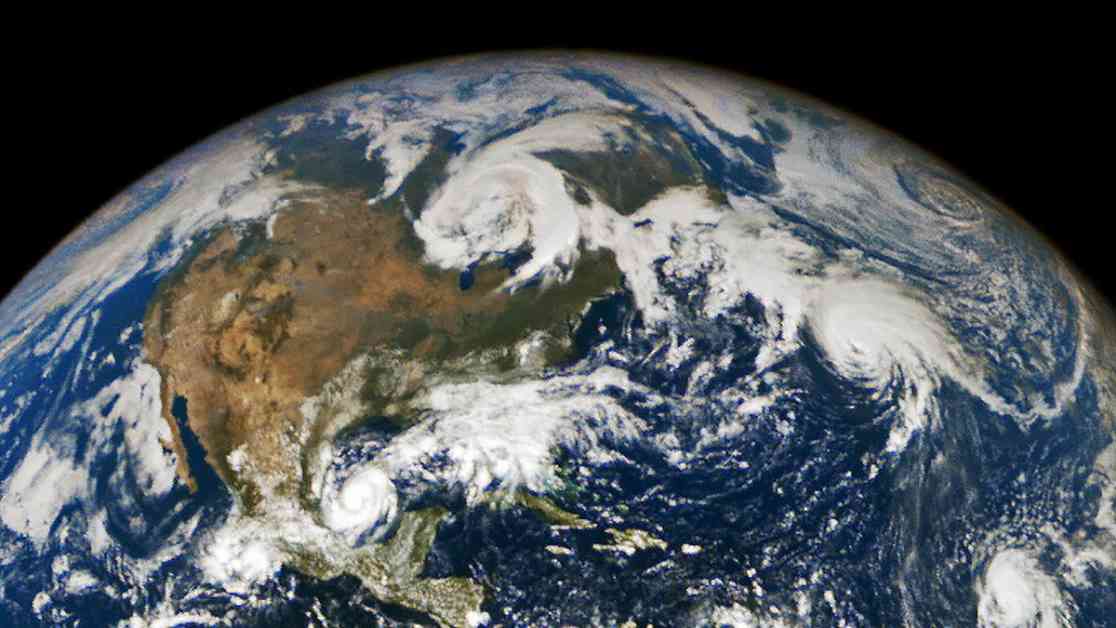Earth is a lot older than we are. Humans have only been around for a small fraction of Earth’s history, which dates back about 4.54 billion years. Our planet formed not long after the solar system came into existence, with Earth being a molten mass initially. As it cooled down, the heavier elements sank to the core, while the lighter ones floated to the surface, creating the layered structure we know today.
The age of Earth is determined through radiometric dating of rocks, which can be challenging due to the constant geological activity on our planet. However, moon rocks have provided valuable insights into Earth’s age, as the moon was formed from a collision with Earth in its early days. By studying the spin rate of stars, astronomers like Mark Popinchalk can estimate the age of planets around them, even those beyond our solar system.
While we may not have been around for most of Earth’s history, studying other planets and stars can help us understand our own planet better. As we continue to explore and discover new worlds, we gain more insights into the formation and history of Earth. This ongoing research is crucial for advancing our knowledge of the universe and our place within it.










